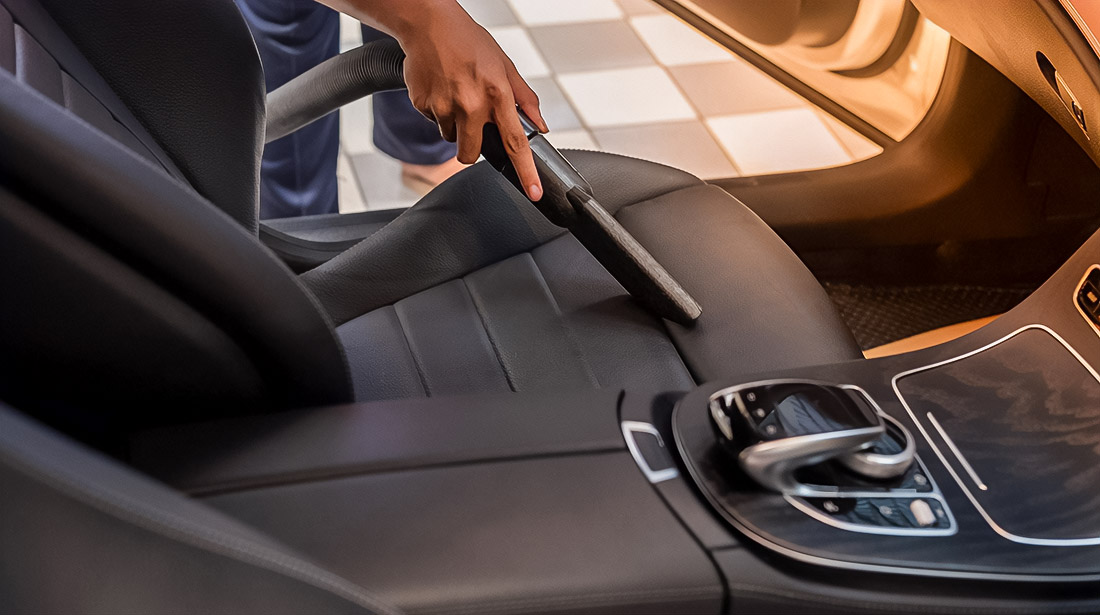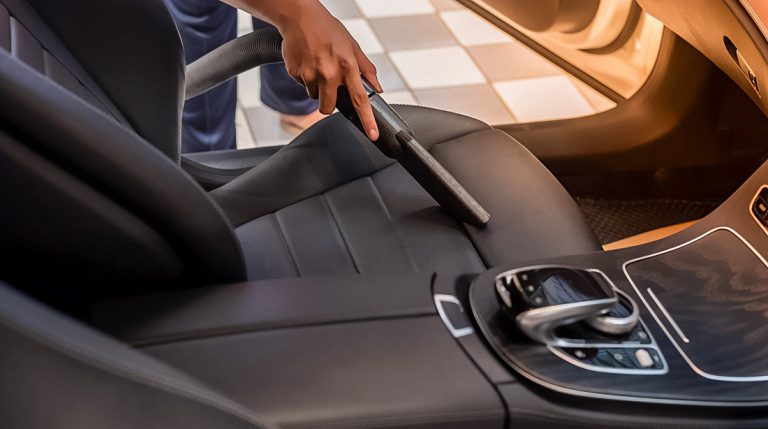Many car owners are confident that new cars are not susceptible to corrosion. At first glance, this makes sense; modern production involves the use of factory-made anti-corrosion coatings. However, the reality is that not a single factory layer is capable of providing full protection of metal from moisture, salt, and other aggressive factors. Rust begins its destructive effects almost immediately after leaving the showroom.
Modern anti-corrosion measures at the factory are thin coatings, often applied to generalized areas of the body. It does not cover hidden cavities, welds, interior door panels, and suspension. Moreover, this coating wears out over time, loses its properties and is unable to withstand road salt, humidity and temperature fluctuations.
In countries with harsh winters, such as Canada, the use of salt on roads is the norm. More than 70% of Canadians purchase a car on credit, and the average car ownership period in this country reaches 12.88 years. This means that investing in anti-corrosion treatment is not a luxury but a smart decision. Especially for those who want to maintain the technical condition and increase the resale value.
Corrosion develops in several stages. First, surface rust appears at the places of chips and scratches. If it is not eliminated, scaly corrosion begins – the paint swells, bubbles appear, and the metal flakes off. The last stage is penetrating rust, which affects hard-to-reach areas of the body and requires major repairs or replacement of parts.
The most vulnerable are: bottom, frame, exhaust system, wheel arches, doors, and suspension. Dirt, moisture and salt accumulate here. A simple sink does not solve the problem. Comprehensive car rust protection is required, which includes surface preparation, application of primer, anti-corrosion compound and sealing.
Fenders, spars, welded joints, internal cavities, all these areas require special attention. Processing technologies today enable the use of wax, oil, and rubber compounds that penetrate cracks and gaps, forming a durable barrier against moisture and road salt.
In hot climates, such as Dubai, where humidity is high and salt is plentiful in the air, the susceptibility to corrosion remains high. Even in desert conditions, anti-corrosion treatment of the bottom remains relevant – exposure to sand and high temperatures also destroys the protective layer.
The cost of full treatment in the UAE ranges from 500 to 1,200 dirhams, depending on the type of protection and the condition of the vehicle. Processing of the bottom alone costs 300-700 dirhams. This is a relatively inexpensive investment compared to the cost of repairing damaged parts. Moreover, many companies offer a warranty of up to 10 years, subject to annual inspection and re-treatment of critical areas.
Do not forget about leaving. Even with protection, it is essential to regularly wash the car, especially the bottom, inspect for chips, paint swellings, and scratches, treat them with primer, and cover them with wax. This complements the main protective barrier and extends the service life of the coating.
If you own an electric car or a hybrid, anti-corrosion protection is also necessary. The only difference is that when applying anti-corrosion compounds, it is necessary to avoid contact with electrical components. All metal elements, regardless of the type of engine, are exposed to moisture and must be protected.
For owners of classic cars, a separate approach is recommended: multi-stage cleaning, treatment with a rust converter, application of primer, and a wax composition. This is not just care, but the preservation of aesthetics and the original structure of the car.
And finally, car rust protection is not just a service; it is a maintenance element, along with oil change or wheel balancing. This approach enables the preservation of the car’s integrity, extends its service life, reduces repair costs, and increases its residual value.

